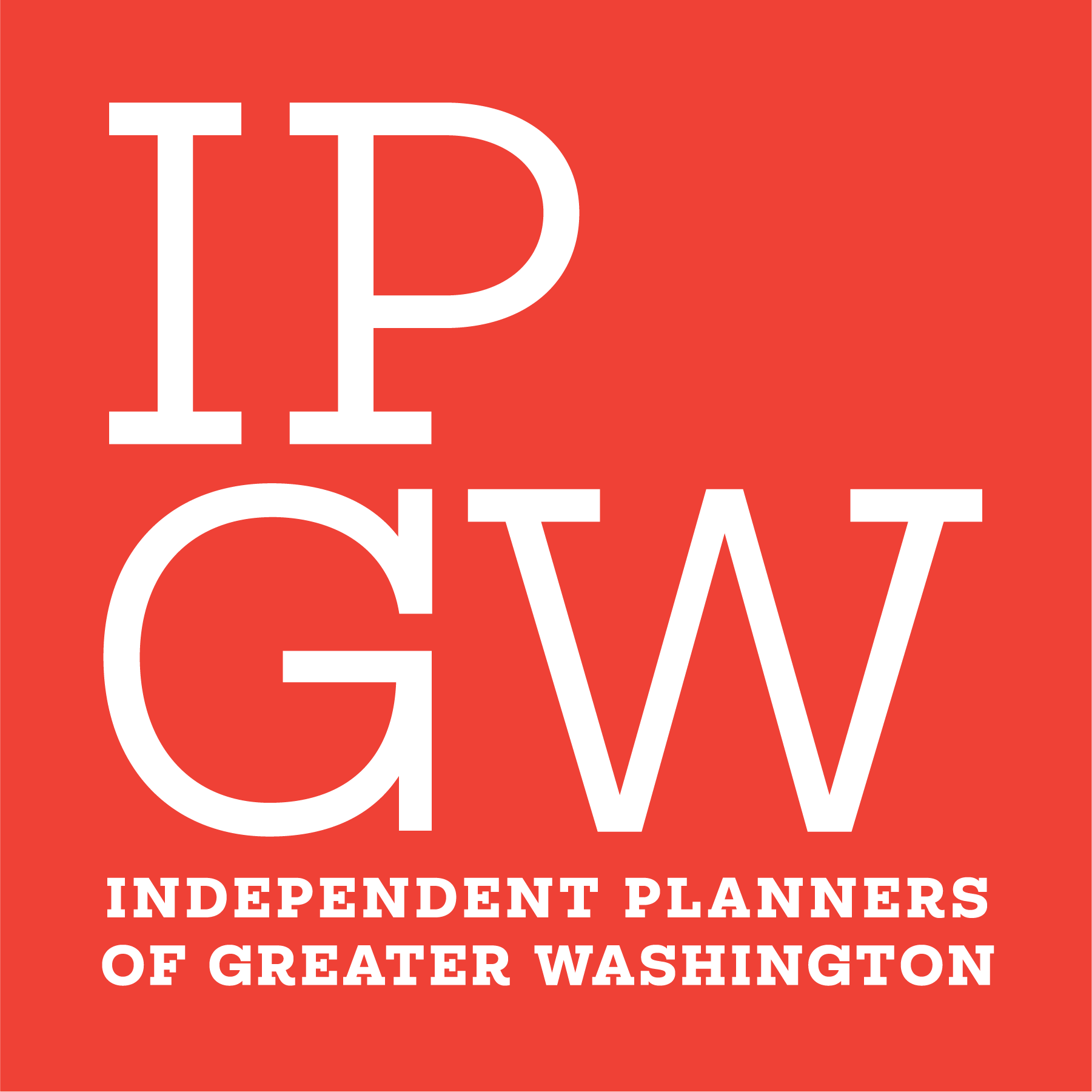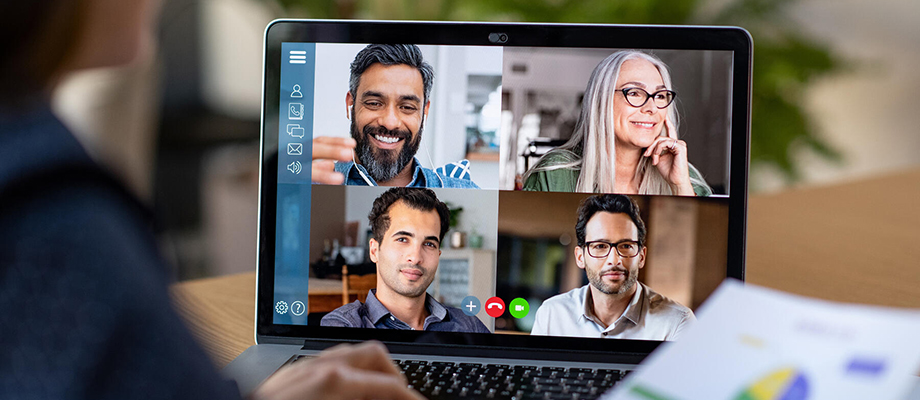Like all meeting planners and hoteliers, I’ve spent a lot of time lately thinking about what the meetings industry will look like when we all emerge from quarantine. Will we ever gather again in the same way? (Will we still have jobs??) I’ve been a meeting planner for a long time – over 20 years – and seen a lot of up and down. As a young planner, I thought 9/11 was surely the end of conferences and I needed to be looking for a new industry. In 2011, after working about 5 years on the incredibly complex application, my company was finally granted a GSA Schedule, necessary for government contractors. Mere months later, ‘muffin-gate’ was uncovered showing that some government agencies were spending ridiculous amounts of money on conferences, including $18 muffins. I thought at this point the government would definitely stop having meetings.
We are a tribal people. Whether I mean we, as Americans, or we as humans, we need each other. Nothing has shown this more fully than the Italians singing from their balconies and families setting up virtual game nights via Zoom. I don’t see meetings coming to a complete halt. All of us have endured conference calls banging our phones against our forehead as another dog starts barking or baby starts crying or overanxious person interrupts. On the flip side, we are hopefully learning a lot about what really HAS to be done in person and what can just as effectively (often more so) be done through email.
With those thoughts, here are my musings on the future of meetings, and not-meetings, in the age of Corona.
– Associations will need to diversify revenue
Aside from hotels, the biggest hit directly related to the meetings industry may well be the small to mid size associations. Those with a staff of salaries to pay, with members who are going to be less likely to pay dues, who rely on their annual conventions and most specifically their sponsors & exhibitors for a large chunk of their annual operating budget. The very first calls I received when things started going downhill fast (what feels like a year ago) were from these associations. Many were groups I worked with in the past, who now have full time planners on staff, who realize they are going to need some outside help to strategize new or additional revenue. I’ve had no less than 5 of these brainstorming sessions in the last week and it all comes down to one thing: associations never should have had all of their revenue eggs in the one basket to begin with, and now is the time to figure out how to diversify. This diversification is going to vary association by association and industry by industry – but with a little old fashioned white board brainstorming (which can absolutely be done via Zoom) the smart and creative people running these organizations, and the less panicked help they might bring in for consultation, will come up with a great list of ways to get their sponsors in front of their members. In industries (like legal and medical) where tightening rules regarding sponsored content were already making even the strongest of us want to quit, this will require a little extra creativity. Do your research on what is and isn’t allowed in a virtual setting regarding sponsorship. The old adage that sponsors can support an activity but not content gets stickier in a virtual platform. But it’s not impossible.
– Focus on your goals
Every time I start with a new client, I have a conversation about goals. Sometimes (ok, most of the time) I have this conversation several times through the cycle of a meeting. It’s so easy for an organization to lose track of what the primary goals really are. Most organizations are balancing goals of revenue, membership benefit (education, community, gathering), industry information, lobbying, service/charity/goodwill, marketing & PR etc. It is going to be increasingly important to know what those goals are and to plan the event (or not) accordingly. If revenue is 99% of the goal and everything else can be accomplished in some other format, then maybe you need to come up with alternative revenue sources and not hold that annual meeting. If giving your members a platform for community engagement & networking is top priority – then you need to meet, but might need to change the format to lessen your risk with hotels/venues. If lobbying/marketing is one of the big reasons you hold a meeting (to get some attention or shine a light on an issue) are there other ways to do that while still engaging your members? All of these questions need to be the focus of organizational boards & staff in the coming months.
– Safety in Meeting
If meeting planners have learned one thing (aside from how to best negotiate contract cancellations) this month, it is how to write emergency plans, safety protocols and generally, how to try and keep your attendees safe. We will all be buying huge amounts of hand sanitizers for our meetings (good sponsorship opportunity there) and asking venues to do other things to keep things clean. Our exhibitors will be thinking of new ways to safely give out samples. The venues have already implemented more strict sanitation guidelines, and those won’t change/lessen when things return to some kind of normal. But how can we encourage and implement new safety measures when 10,000 of our best friends are sitting elbow to elbow for 8 hours a day? I’ve spent some time this week sketching new seating arrangements, thinking about what kind of sanitary furniture can be used and how to keep people from sharing quite so many germs. I was so excited, years ago, when one of my clients first agreed to move from endless rows of classroom tables to a mix of rounds and standing cocktails. We’re going to see exciting new layouts in conference setup. I can’t wait to try something new!
– Smaller Breakouts
Does your organization host 10,000 people for a city-wide convention? Would it make more sense to rotate those 10,000 people in and out of smaller venues across the city – rather than gathered for 4 solid days in a convention center? Can you find different space so you can have a rotating slate of concurrents instead of general sessions? Do you have pockets of membership in various parts of the country? How about satellite conferences? How can we accomplish our goals of community networking, just in smaller groups of community?
– Take it virtual…
In the last 3 weeks I, along with most other planners, have become very familiar with the myriad of virtual platforms out there. We are all going to become more versed in virtual education and smart people much more tech savvy than I will create (or advance) amazing platforms to bring us together virtually when we can’t be together personally. It will be important to adapt content, to adapt slides (which already need a full overhaul!) and to adapt speaking styles, should these platforms be utilized. We have the opportunity here to build something new — not merely a video of someone on a stage speaking, with slides in the background – but something more personal. This is going to look different for every conference – but wouldn’t it be great if our attendees feel like they are truly in a discussion with (insert big name in your industry here) or being taught the intricacies of some specific practice up close and personal through overhead camera or screen sharing? With the addition of robust discussion groups and chat sessions, virtual learning can be so much more effective than it is currently. Once again, the small to mid size organization is going to take the hit here. Many of the robust platforms which offer truly innovative virtual conferences come with a price tag well about $100K. Already faced with declining dues, sponsorship dollars and exhibit revenue, most small organizations will not be able to afford this fee. More than ever, now is the time to consult with experts – work with someone who can put together the right system for you and manage it. Think seamless rather than bells & whistles.
– …but combine the virtual with the tangible
I recently spoke with a planner, Patrick Crosson with PC Events & Experiences who, along with Ladidadi XM, has developed At Home Experiences in a Box. He described this as “pairing creative fun experiences with a piece of education/training/messaging from a brand.” The idea is to send a physical package to your attendees/staff/customers, which corresponds to some education or training that happens virtually. For example, a t-shirt manufacturer might send some fun samples to customers. Then the customer watches a short educational video about the t-shirts, followed by a social media contest of customers in their new t-shirts. You get the idea.
What tangible item could you send your attendees in advance of their upcoming online training? Maybe we’re going to go back to some hardcopy content that can be followed during an online presentation. Maybe we should load everyone up with a conference bag full of goodies that would be useful/fun while watching presentations (thinking fuzzy socks and a coffee mug!) Better yet, maybe its not a bag!! The sponsorship possibilities here are endless – and surely sharing photos of “attendees” in a t-shirt or funny socks wearing a sponsor’s hat would bring some social media community togetherness and build relationships, even virtual ones.
Whether we are attendees, planners, organizations or all 3 – we are all going to need to brainstorm, be flexible, and be open to new ideas and change. Meetings will happen, but change will happen as well. It’s up to us to decide whether that change is negative or positive. In the meantime, every planner I know will continue looking for ways to make things more efficient, effective and useful, and hotels will continue looking for ways to make guests more comfortable, even in the unchartered territory we’re coming up against.
Rebecca Takemoto
Related Posts
No Results Found
The page you requested could not be found. Try refining your search, or use the navigation above to locate the post.



0 Comments